Playing Go for Money: Separating Fact from Fiction
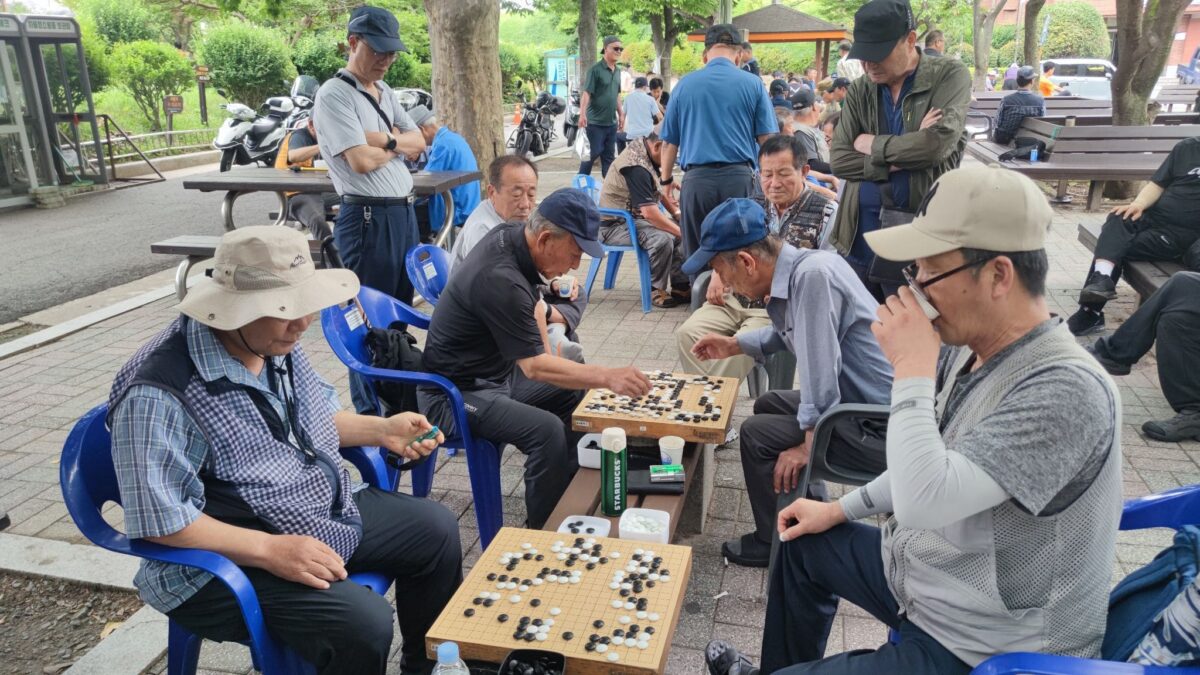
Alexander Dinerstein 3p takes us into the underground world of high-stakes Go in Korea, revealing the real-life practices behind the game’s dramatic depictions in films. Drawing from personal experience, Dinerstein offers a unique glimpse into the tension and thrill of betting on Go, while also exploring how these high-stakes games differ from what is often shown on screen.
The Hidden World of Go Clubs in Korea
People who have seen the films The Stone and The Divine Move often ask me how realistic the scenes are where Go is played for money. I’m quite familiar with this world, having spent several months in Korea living at the home of the director of a typical Go club for adults (called Kiwon in Korean). I helped the director with his work at the club, and although I didn’t play for high stakes myself, I saw people lose their apartments right before my eyes.
Koreans are natural-born gamblers! You won’t find casinos or slot machine halls in the city—those are tucked away in special zones outside the main urban areas. That’s why gambling Koreans turn to Go, with clubs for fans of the game popping up on practically every street.

In The Stone, the atmosphere of these clubs is portrayed realistically. Where there’s big money on the table, you can’t avoid the hustlers. And when the pros get involved, cheating is inevitable. Whether it’s rigged matches or tips passed through hidden earpieces, there’s always some kind of trickery going on.
The depiction in The Stone is pretty close to reality. That’s exactly how things happen, and the scenes involving cheating with a webcam and an earpiece hidden in the ceiling are real stories from criminal news reports. I’ve seen them on the news myself.
The events in The Divine Move, however, are an exaggeration. Gambling is officially banned in Korea, so money is usually placed under the Go board, not next to it. And you won’t find a bank-like cashier’s window at a club. Players bring their own cash and usually play as long as they can put an amount under the goban equal to a loss of 10 bans (called manban in Korean).
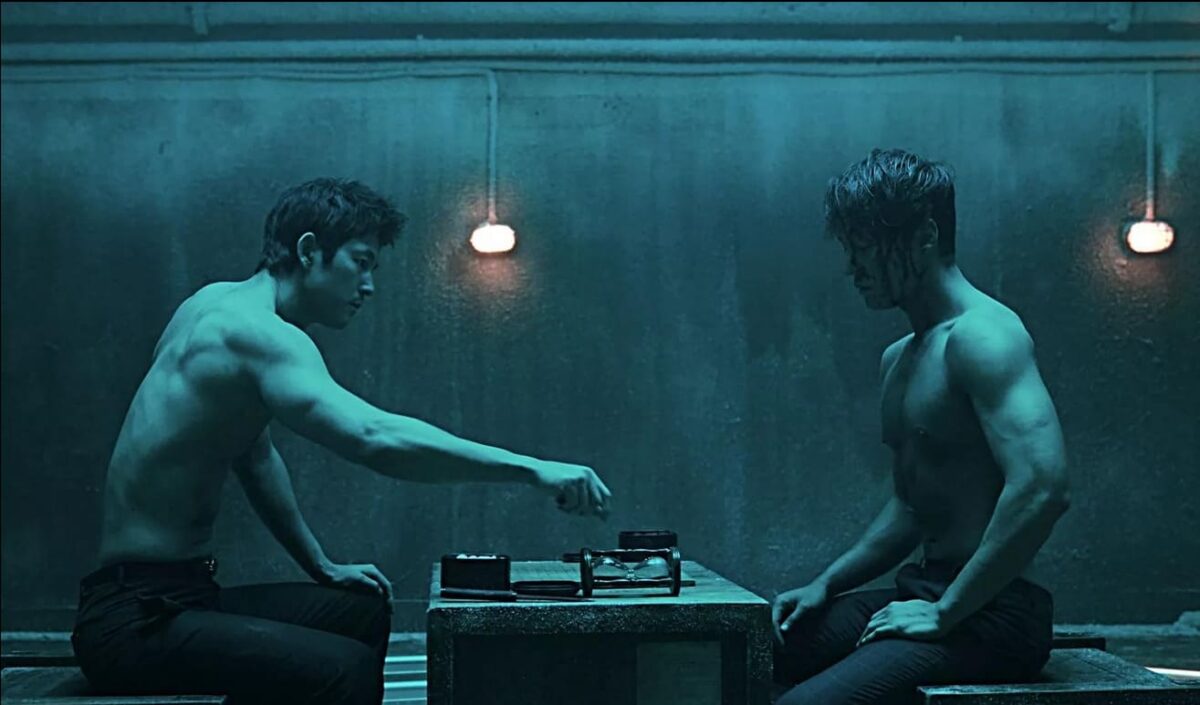
In The Stone, all the characters play bannegi. For those unfamiliar with the term: a ban is 10 points. A victory by 0-10 points is worth one ban. 11 points is two bans, and the maximum win is 10 bans (100 points). Even if a large group of stones is killed, you cannot resign and must play until the final count. This explains the aggressive playing style of Korean players—they care not just about winning but about winning big! The bigger the score, the bigger the payout.
The process of playing for money is described in detail in the Korean novel The First Kyu by Hong Sun-Wa. The book is truly fascinating—definitely worth a read!
Stakes and Masters
Koreans who don’t enjoy playing Go for money prefer online platforms like Tygem and Wbaduk. But at a club, it’s customary for everyone to play for stakes. Some play for serious money, while others might bet a can of soda, the club’s entry fee, or lunch. But for any real Korean player, something must be on the line in a face-to-face game.
Every club has its resident bannegi master. In our club, there was an older man, probably 60-70 years old, nicknamed “30-Years-Bannegi.” To this day, his true skill level remains a mystery to me. I played a few games with him, giving him a 2-3 stone handicap, and I won. Yet, he gave a 9-stone handicap—and sometimes even reverse komi—to club visitors whom I could barely manage to win against with a 6-7 stone handicap.
They would battle night after night. You’d leave the club with the director at midnight, having charged visitors an extra fee for staying late, and when you return in the morning to air out the room, pick up stones from the floor, and clean, you’d find them in the same spots, in the same positions. No one would even take breaks to eat. The only evidence of their long night were the piles of cigarette butts in the ashtrays.
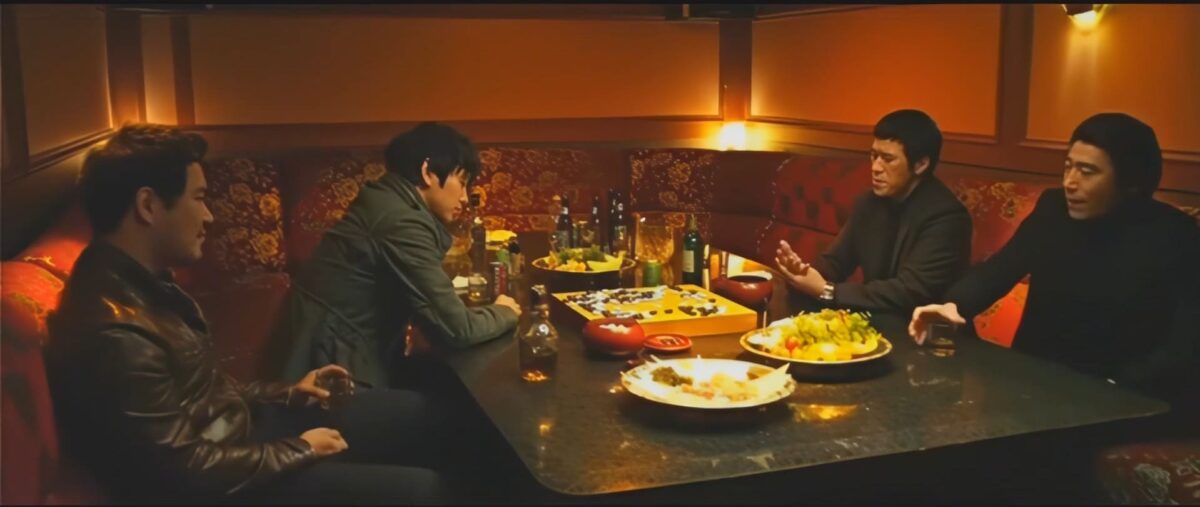
The club director told me that 30-Years–Bannegi made most of his money in the morning, when his opponents’ attention was dulled, and he could subtly move stones during the final count to get more points.
In the morning, after the money runs out, Koreans often head to 24-hour saunas, which usually have sleep rooms. For a fee of $5-10, they can avoid an awkward meeting with an angry wife, catch a few hours of sleep, then withdraw more money from the bank and continue playing at the club.
Professional players from the Korean Go Federation are not among the bannegi masters. They’re prohibited from playing for money, and besides, it would be hard for them to find opponents with their reputation. Even among amateurs, it’s common to choose only one path—either playing for money or competing in tournaments. For example, a 6-dan amateur player from Daegu used to register for tournaments under a pseudonym so as not to expose his real name. After all, once you win a tournament, “clients” might ask for a higher handicap in games.
Interestingly, bannegi has only taken root in Korea. In Japan and China, people also play Go for money, but usually, only the fact of winning matters—even if it’s by just half a point.
Stories of Gambling and Professionals
Many Japanese professionals have a negative attitude toward gambling. One famous story comes to mind:
Cho Hun-hyun, a 9-dan player, studied in Japan and was a disciple of Segoe Kensaku.
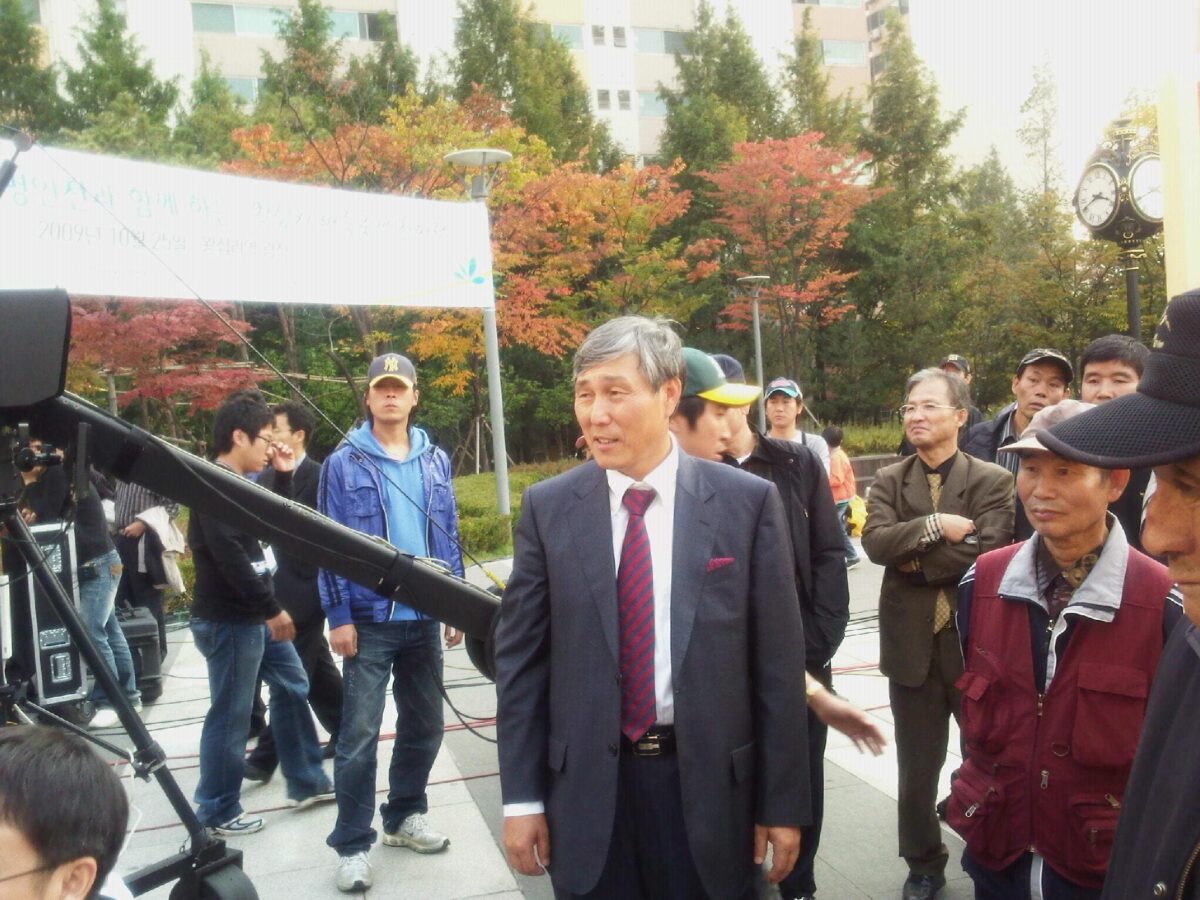
When Cho was 15 (he was already a 2-dan professional at the time), Abe Yoshiteru (then a 6-dan pro) challenged him to play blitz games for money. They played six games for 100 yen each. Cho won all six. How do you think his teacher Segoe Kensaku reacted? Upon hearing the news, Segoe kicked his student out of the house, saying, “Go back to Korea! I don’t need a student like you!”
Returning to the topic of the strength of Korean bannegi masters… In my opinion, none of them could compete for professional titles, or even rank in the top 100. But I’m certain that many Korean pros play noticeably weaker than they do.
I recall a Korean amateur tournament from about 15 years ago. It was the first time a famous bannegi master, Kim Sungun, participated. He made it to the final, where he lost to former insei (first group) Seo Chunhee (now a 4-dan pro).
One more story worth recalling: In 1821 in Japan, there was a match between Honinbo Jowa and Shinomiya Yonezo.
Shinomiya had never been a professional—he only played Go for money, claiming no one in the world could beat him with a 2-stone handicap. Honinbo Jowa accepted the challenge and won the match, 6-4 (and one draw) on a 2-stone handicap. And yet, Shinomiya’s result can still be considered pretty decent.
In the world of Go, playing for money adds an entirely different layer of intensity and strategy. While professional tournaments follow strict rules, the underground scene of high-stakes games shows just how deep the love for Go runs in countries like Korea. Whether it’s for a can of soda or a huge sum of cash, the thrill of winning—or losing—is always on the line.
What about you? Have you ever played Go with something at stake?
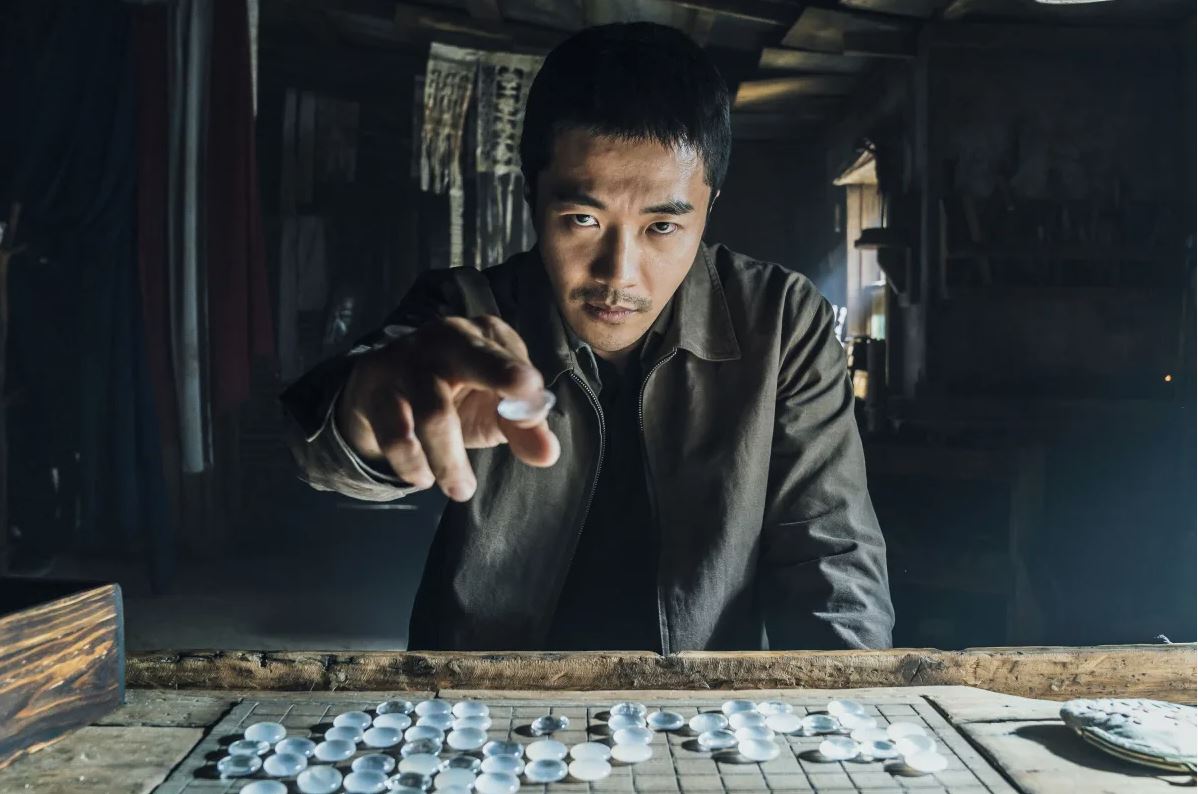
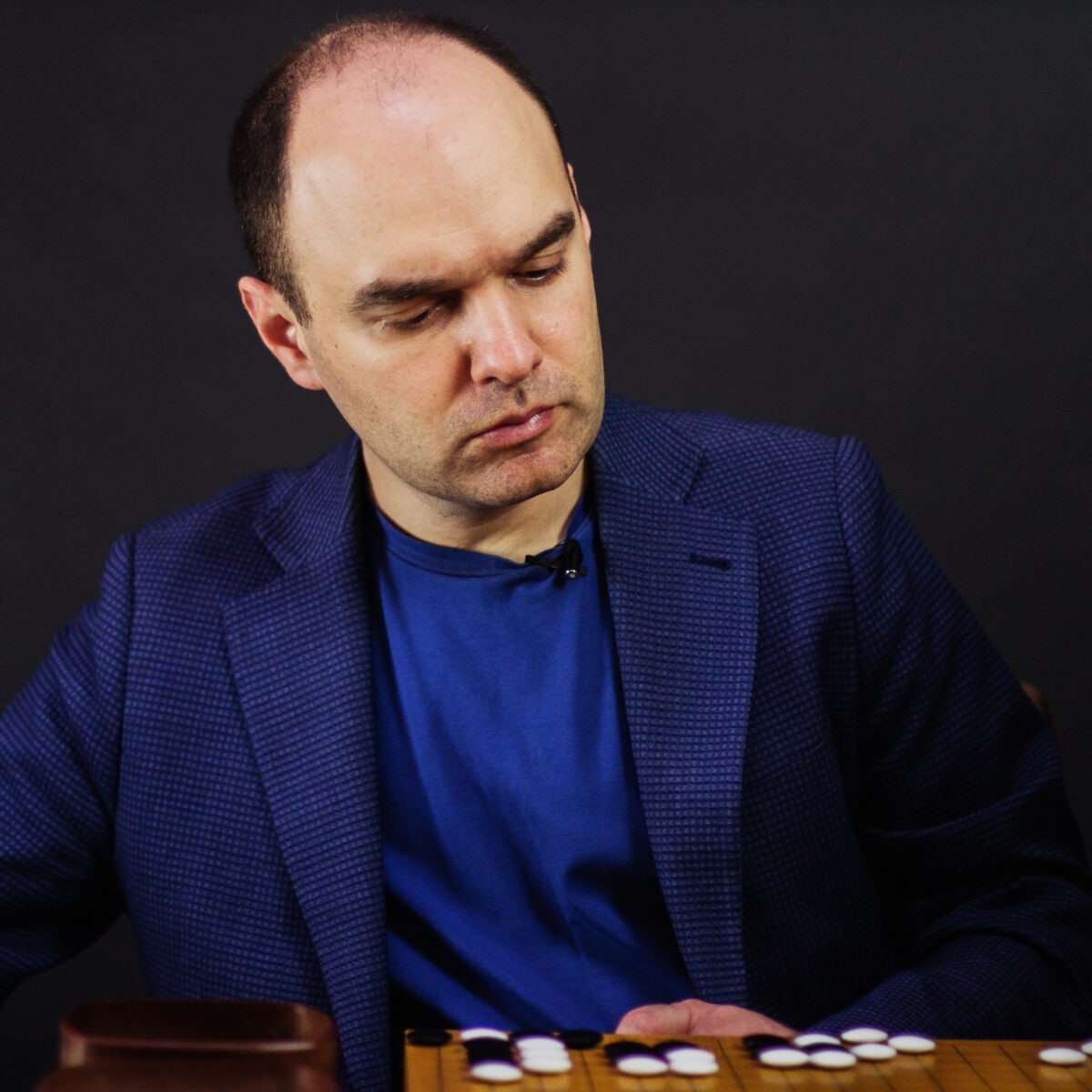
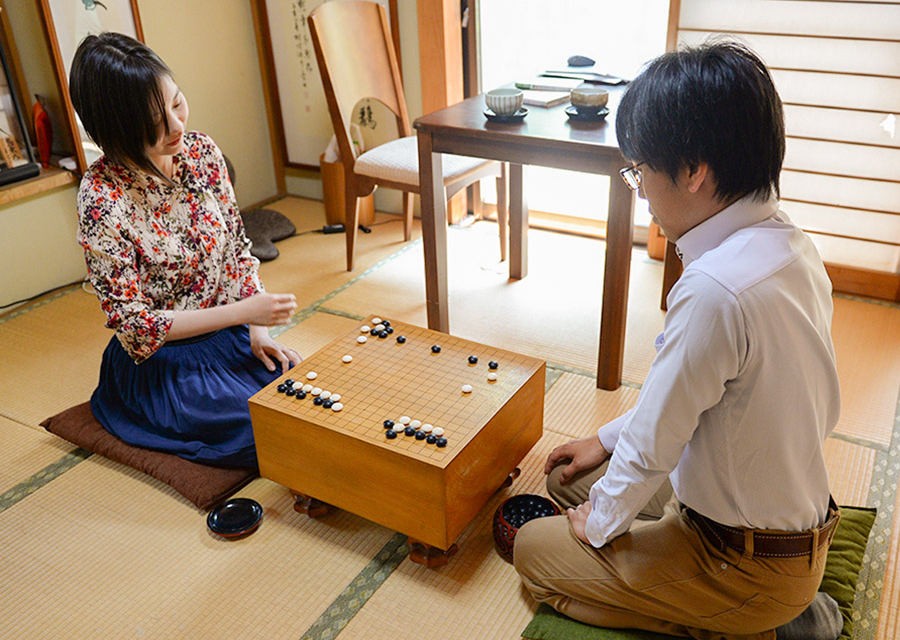
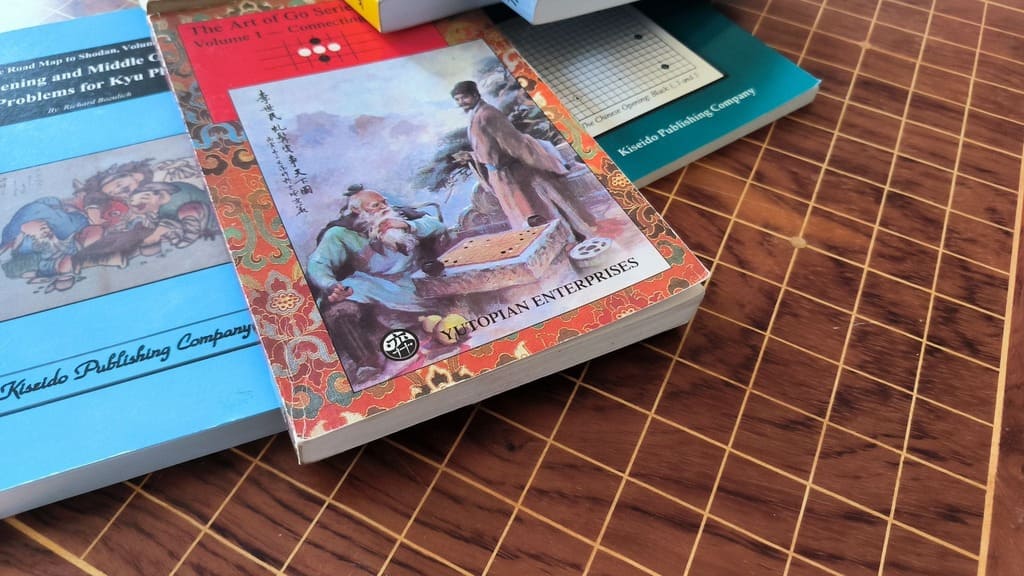
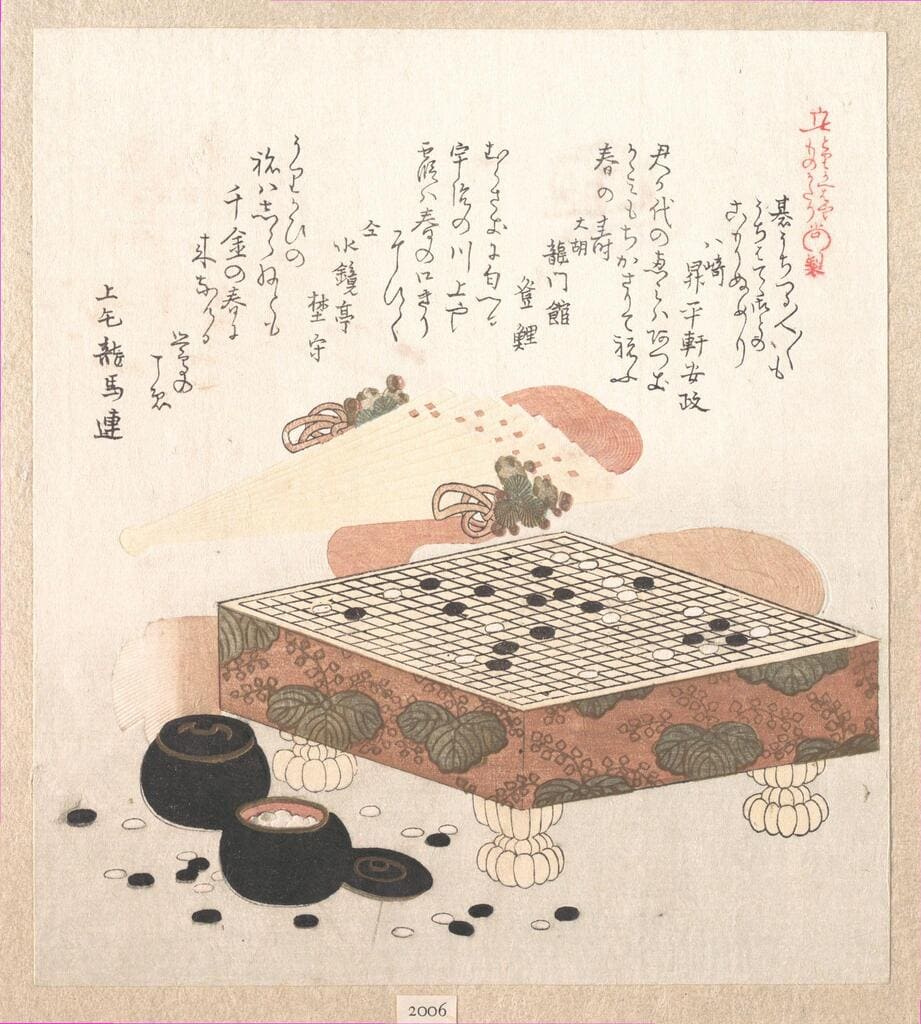
Оставить комментарий